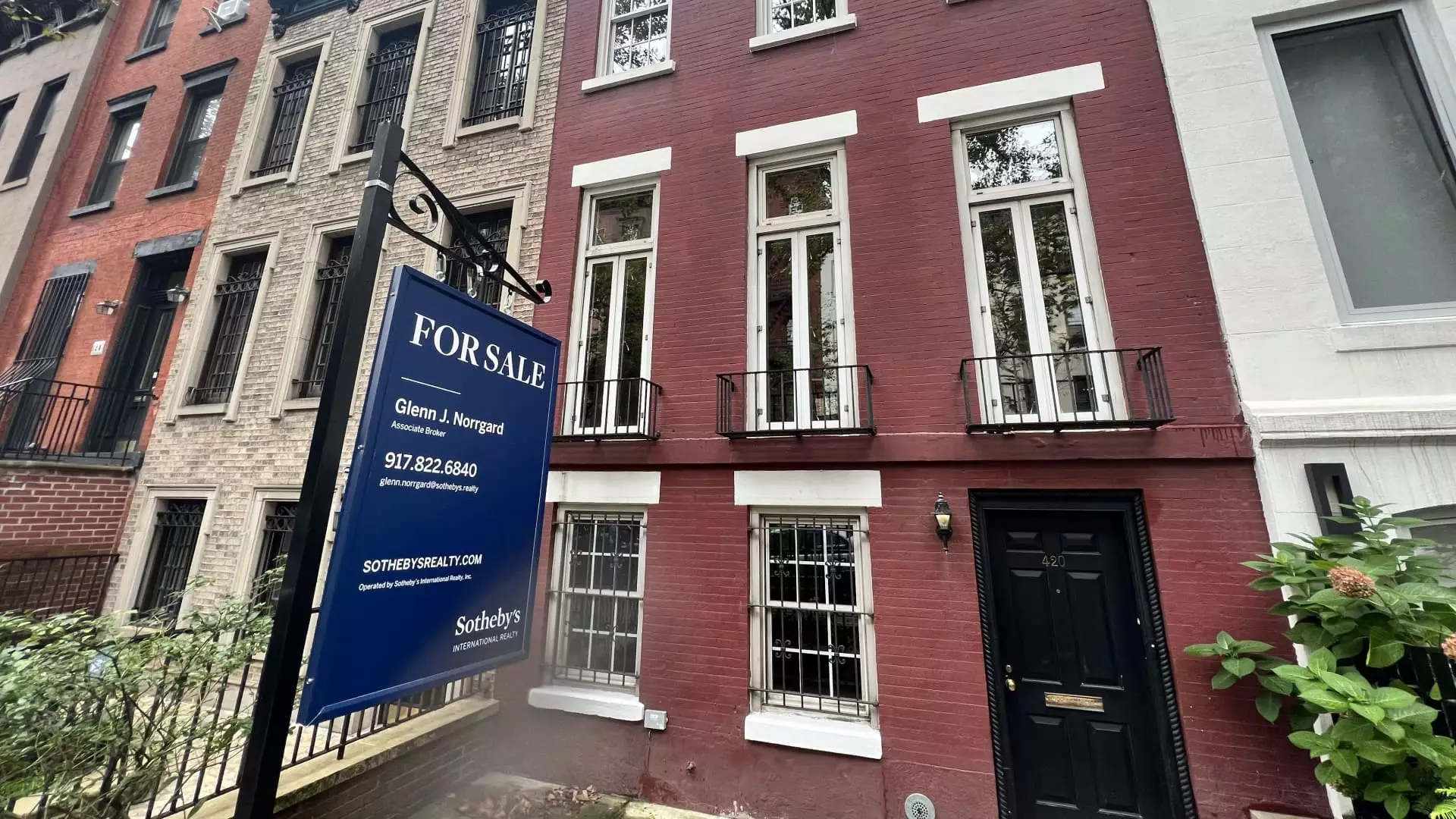Recent reports indicate that the heat in the housing market is starting to dissipate, with home prices showing signs of decline compared to this time last year. While prices are still higher than they were previously, the gains are shrinking, causing sellers to adjust their expectations.
According to data from real estate brokerage Redfin, the typical house sold for 0.3% lower than its asking price during the four weeks that ended on June 23rd. This marks a significant shift from the upward trend seen in previous years, with homes typically selling at or above list price.
The Covid-19 pandemic initially caused a slowdown in home sales, but the market quickly rebounded. However, the recent dip in prices suggests that sellers are facing challenges in attracting buyers at the prices they had hoped for.
One of the key factors contributing to the cooling off of the housing market is the stubbornly high mortgage rates. With the average rate on a 30-year fixed mortgage hovering above 7%, buyers are becoming more hesitant to enter the market, leading to a decrease in demand.
One of the primary reasons for the shift in the housing market is the increase in supply. Total active listings are now 35% higher than they were a year ago, providing buyers with more options and reducing the pressure on prices to continue rising.
Real estate agents are noticing a disconnect between buyers and sellers in the current market. Some buyers are under the impression that they can secure a deal due to the cooling market, while sellers may still have unrealistic expectations about the value of their homes.
As inventory continues to grow and mortgage rates remain high, it is likely that the cooling trend in the housing market will continue in the coming months. Buyers may have more negotiating power, while sellers will need to adjust their pricing strategies to attract buyers in a more competitive market.
Overall, the signs of cooling in the housing market suggest a shift towards a more balanced market, providing opportunities for buyers and prompting sellers to reevaluate their expectations.

